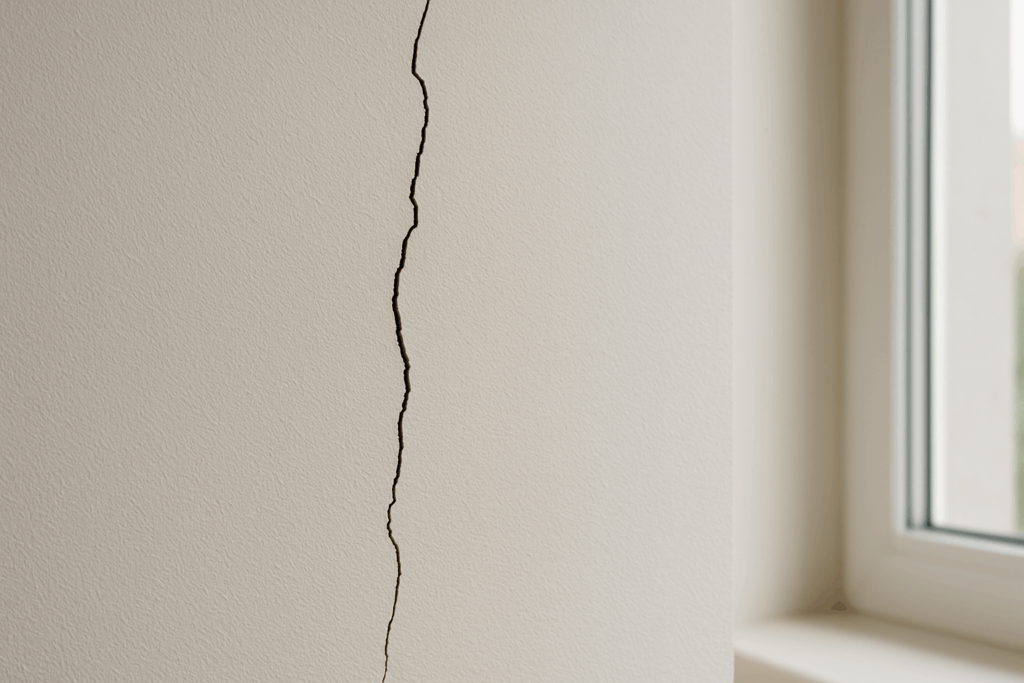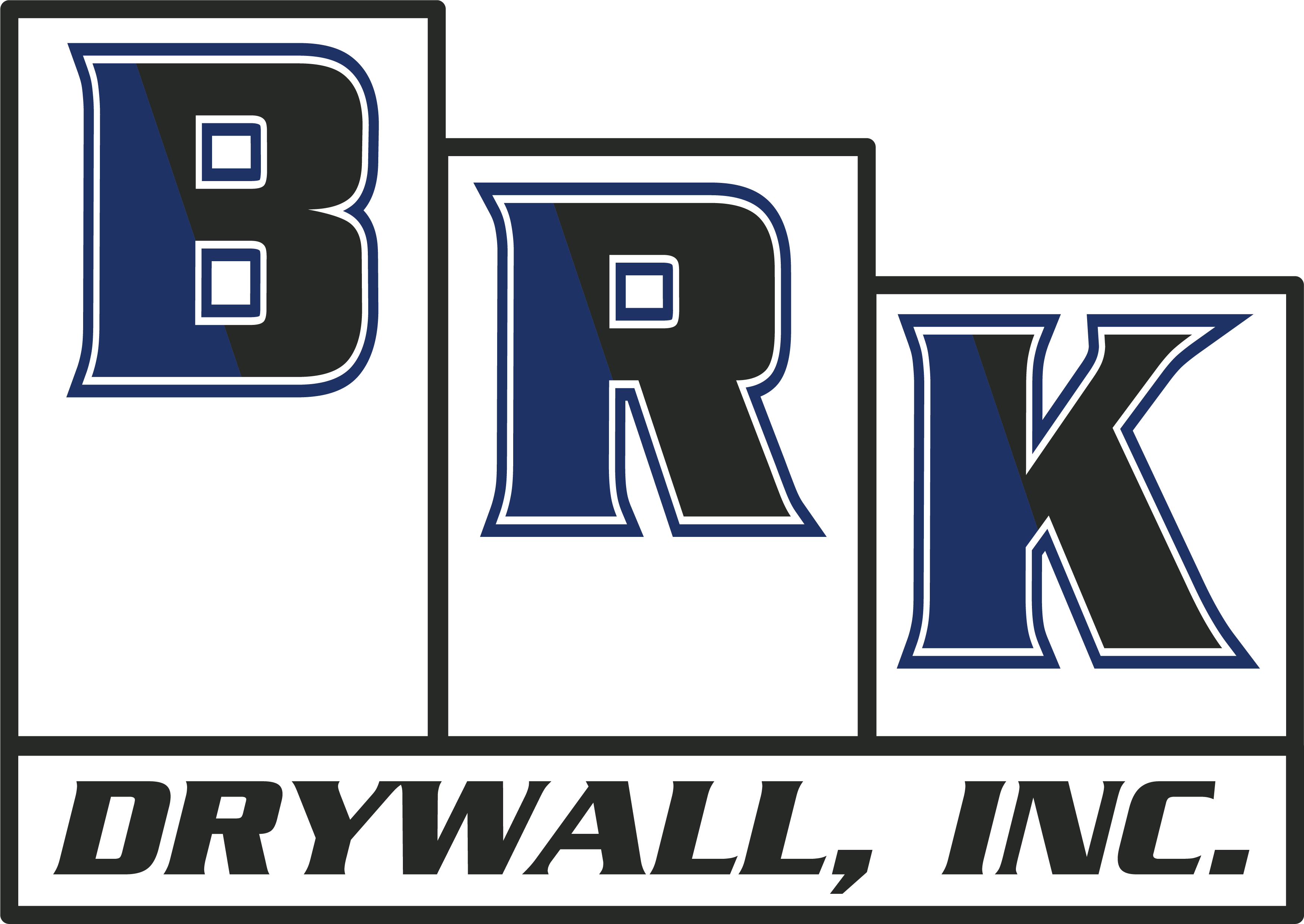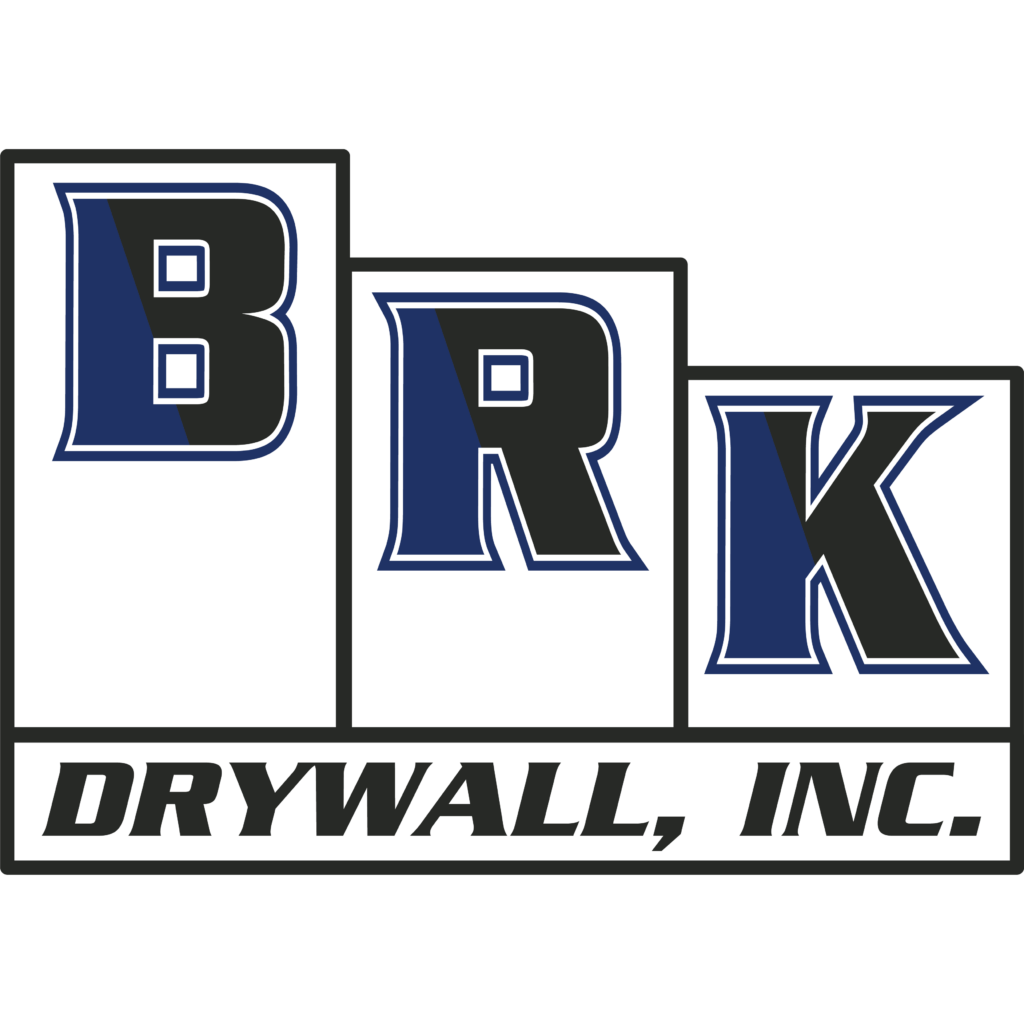If you’ve noticed a few cracks forming in your drywall, you’re not alone. Drywall cracks are a common occurrence in homes across the U.S., and in many cases, they’re simply a part of your home settling over time.
While it’s easy to assume the worst, the truth is that not all cracks are a cause for concern. Some are purely cosmetic, while others may need a closer look to rule out underlying issues.
In this guide, we’ll walk you through the different types of drywall cracks, help you understand what they might mean, and show you when a quick fix is enough—and when it’s time to call in a professional.
Whether you’re tackling a small patch job or trying to figure out if that horizontal crack is something more serious, we’re here to help you make the right call for your home.
Common Causes of Drywall Cracks
Drywall cracks can appear for a variety of reasons, and understanding the cause is the first step to deciding how to address them. Here are some of the most common reasons we see cracks form in both residential and commercial properties:
- Natural Home Settling: As homes age, they naturally shift and settle, which can create small cracks in the drywall, especially around windows, doors, or ceiling corners.
- Environmental Factors: Changes in temperature and humidity can cause the drywall and framing to expand and contract, sometimes resulting in minor cracking over time.
- Installation and Material Issues: When drywall isn’t installed properly or corners are cut during the process, it can lead to stress points that crack more easily down the line.
- Low-Quality Materials: Using subpar drywall, tape, or compound can reduce the wall’s durability, making it more prone to cracking under normal conditions.
- Structural and Foundation Movement: Cracks that appear suddenly or widen quickly may be the result of movement in the home’s foundation or framing, which could indicate a more serious issue worth professional evaluation.

Types of Drywall Cracks and What They Mean
Drywall cracks can show up in many forms, and each type tells a slightly different story about what might be going on behind the surface. Recognizing the kind of crack you’re dealing with can help you decide whether it’s a simple fix or something that needs professional attention.
Hairline Cracks in Drywall
Hairline cracks are thin, faint lines that typically result from the natural drying and shrinking of joint compound. These are very common after a new drywall repair or installation and are usually just cosmetic. A quick patch and paint job is often all that’s needed to restore a smooth finish.
Vertical Cracks in Drywall
Vertical cracks often appear as a house settles over time. They usually aren’t cause for concern, but if they widen or keep reappearing after being repaired, they may be pointing to a deeper, ongoing issue that should be checked out.
Horizontal Cracks in Drywall
Horizontal cracks are less common and potentially more serious. They can be a sign of stress caused by structural movement or foundation settling. If you see a long, horizontal crack—especially if it’s expanding—it’s a good idea to have it professionally assessed sooner rather than later.
Cracks in Ceiling Drywall
Cracks in ceiling drywall can occur for a few different reasons, including the natural movement of ceiling joists or minor settling. However, they may also indicate moisture issues from plumbing leaks or roof damage. Watch for accompanying signs like stains, soft spots, or a musty odor.
How to Assess Severity
To evaluate a crack, start by noting its location and direction. Small cracks near corners or seams are often less concerning. Measure the size—longer, wider, or deeper cracks tend to require more attention.
Keep an eye on whether the crack changes or returns over time, as that’s often the clearest signal that something more than surface-level damage is going on.
Note: The term “Sheetrock cracks” is often used interchangeably with drywall cracks—Sheetrock is a popular brand of drywall.
When to Worry About Cracks in Drywall
Warning Signs of Serious Foundation Problems
While many drywall cracks are harmless, certain signs could point to more serious issues beneath the surface. If you notice any of the following, it’s a good idea to consult a professional for a closer inspection:
- Cracks That Return After Repair: If a crack keeps coming back after you’ve patched it, there may be ongoing movement or stress in the wall that needs further evaluation.
- Large, Wide, or Fast-Spreading Cracks: Cracks that are wider than a quarter inch or that spread quickly can be common signs of significant structural movement and should be addressed promptly.
- Sticking Doors or Windows Near the Cracks: If nearby doors or windows are suddenly hard to open or close, the wall may be shifting, which could indicate a deeper problem.
- Uneven Floors or Visible Sagging: Cracks that appear along with sloping floors or sagging ceilings could be tied to foundation issues or compromised support structures.
- Cracks with Discoloration or Signs of Moisture: Yellowing, stains, or soft spots around a crack often point to water damage, potentially from plumbing leaks or roof problems, and may also invite mold growth.
How to Fix Cracks in Drywall (DIY Guide)
Tools and Materials You’ll Need
- Joint compound or spackling paste
- Drywall tape (mesh or paper)
- Utility knife, putty knife, sanding sponge
- Primer and paint
Step-by-Step Instructions for Minor Cracks
For small, non-structural cracks, a simple repair can restore your wall’s clean finish. Follow these steps for a smooth, lasting result:
- Widen the Crack Slightly: Use a utility knife to gently open up the crack just enough for the compound to adhere properly.
- Clean Out Dust and Debris: Brush out any loose material or dust from the crack to ensure a clean bonding surface.
- Apply Joint or Patching Compound: Using a putty knife, apply a smooth layer of compound over the crack, pressing it in evenly.
- Use Drywall Tape for Larger Cracks: For cracks longer than a few inches, embed mesh or paper drywall tape into the wet compound to reinforce the repair.
- Let It Dry, Then Sand and Repaint: Allow the patch to dry completely, then sand it smooth and finish with primer and paint to match your wall.
If the crack reappears or you suspect something more serious, BRK Drywall is just a call away for expert help.
Tips for Best Results
A few extra precautions can make all the difference in achieving a clean, professional-looking repair. Keep these tips in mind for the best outcome:
- Don’t rush drying times: Let each layer of compound dry fully before sanding or painting to avoid cracking or uneven texture.
- Match paint texture for a seamless look: Use the same paint finish and application method (brush, roller, or spray) to blend the repair with the surrounding wall.
- Consider caulking for hairline cracks near trim: In tight corners or along trim, a flexible paintable caulk can provide a cleaner finish and prevent future cracking.
When to Call a Professional
Situations That Require Expert Help
Some drywall cracks go beyond what a DIY fix can handle. If you’re seeing cracks that return, horizontal lines, diagonal cracks, or signs of structural problems and changes like bowed walls, it’s time to call in an expert.
Straight cracks caused by water damage, mold, or growing ceiling issues also deserve professional attention from a structural engineer. At BRK Drywall, our experienced team can assess the root cause and provide a reliable, long-term solution to protect your home.
Preventing Future Drywall Cracks
While some thinner cracks are inevitable, a few smart steps can help reduce the risk. Controlling indoor humidity with proper ventilation or humidifiers keeps drywall from expanding and contracting. Quality installation matters too—solid framing, insulation, and skilled drywall work create a stable foundation.
Regular inspections of your home’s structure can catch small issues before they grow into major issues. At BRK Drywall, we know that a little prevention goes a long way in keeping your walls strong and looking their best.
Conclusion
Most drywall cracks are minor and part of normal wear in a home, but some can signal deeper issues that shouldn’t be ignored. Regularly checking your walls and ceilings helps you catch problems early and decide whether a simple DIY fix will do, or if it’s time to call in the pros.
If you’re unsure or dealing with recurring or serious cracks, reach out to BRK Drywall for a professional assessment and reliable foundation repair you can trust.



